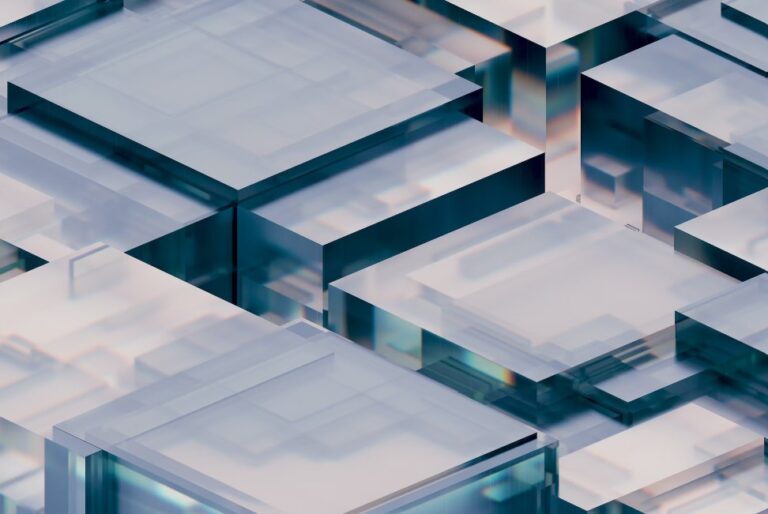In the dynamic realm of modern industry, the convergence of design and manufacturing finds its nexus in digital fabrication. This groundbreaking synergy harnesses the power of cutting-edge technologies to redefine how ideas materialize into tangible reality.
At the core of digital fabrication is computer-aided manufacturing (CAM), a precision building method using machines guided by instructions from CAD files and other digital formats to design and fabricate three-dimensional objects. We will explore the intersection of design and manufacturing through CAM, including its workflows and practical view.
Table of Contents
What is digital fabrication?
Digital fabrication is a perfect example of a design and manufacturing workflow. Here, digital data takes the reins, directly steering manufacturing equipment to shape diverse part geometries. This innovative approach to manufacturing places a computer in control of the machinery, giving rise to a seamless integration of digital modelling and fabrication. This synthesis amalgamates 3D modelling or computer-aided design (CAD) with both additive and subtractive manufacturing processes.
In additive manufacturing, colloquially known as 3D printing, parts come into existence by adding material layer by layer. This process culminates in the creation of a tangible object. On the flip side, subtractive manufacturing involves machines strategically removing materials to carve out a desired shape, detail, or object. The arsenal of CAM tools encompasses 3D printers, CNC machines, and laser cutters.
Digital fabrication finds application across diverse industries, including manufacturing, architecture, and design, facilitating the production spectrum from prototypes to final products. The inherent advantages of digital fabrication lie in its trifecta of efficiency, precision, and automation. This makes it a transformative force in the contemporary design and manufacturing landscape.
Read more: The future of architecture: 6 emerging trends
Why is digital fabrication needed?
The global digital manufacturing market is poised for substantial growth, anticipated to reach $1,370.3 billion by 2030. There are plenty of factors that instigate industries to go for this new technology. The compelling reasons driving the widespread adoption of digital fabrication include:
- Efficiency: Digital fabrication operates in complete automation, adapted by computers with minimal human intervention. This imparts speed and precision, surpassing the capabilities of traditional manufacturing methods. The result is an elevated level of productivity underpinned by a controlled and efficient production process;
- Design Freedom: Digital fabrication tools unlock design freedom, facilitating the creation of more intricate and complex designs. This gives rise to a space for creativity, fostering the development of innovative products;
- Accessibility: The lowering of barriers to professional-level technology democratizes the ability to both design and fabricate products. This empowerment extends to engineers, product designers, and businesses of all sizes, enabling the production spectrum from prototypes to final products;
- Disruptive Innovation: Digital manufacturing and home fabrication present disruptive forces against traditional manufacturing methods. They empower companies to streamline production processes, curtail costs, and intensify competition on the global stage;
- Real-time Analytics: The integration of digital technologies brings forth real-time analytics capabilities capable of mitigating bottlenecks, reducing inventory, shortening manufacturing times, and more. This translates into heightened efficiency and cost reduction across the manufacturing landscape.
Digital fabrication techniques
Digital fabrication represents a modern approach to design and manufacturing, where digital instructions directly guide manufacturing equipment to produce diverse part geometries. This method relies on computer-controlled machinery to execute the manufacturing process. CAM tools encompass a broad range, catering to everyone from hobbyists to industries employing large-scale specialized equipment. The key methods of include:
- 3D Printing: Also known as additive manufacturing (AM), 3D printing builds parts layer by layer until a tangible object is formed. Fused deposition modeling (FDM) 3D printers, for instance, melt and extrude thermoplastic filament;
- CNC machining: This method involves cutting shapes out of wooden sheets. Certainly! The current production of OpenDesk products primarily utilizes this technology;
- Laser cutting: In laser cutting, materials like metal undergo burning or melting through the precise application of a laser beam;
- Waterjet cutting: This subtractive manufacturing process utilizes a high-pressure water jet to cut and shape a diverse range of materials.
How does architecture use digital fabrication?
Digital fabrication is a manufacturing method that combines machine manufacturing tools and processes with computer guidance systems. In architecture, CAD encompasses manufacturing that spans from robotic to additive and subtractive methods.
Architects use digital fabrication to encode their ideas in digital formats, then alter and assess the design’s performance in a virtual setting. Examples of software used to support DF in architecture include AutoCAD, Revit, and 3D Max.
CAD enables architects to visualize their designs and explore concepts from multiple points of view in a virtual environment. It is impacting the architectural scene in a way that we can’t underestimate, and it is gradually shifting the paradigm.
Digital fabrication empowers architects to actualize their vision for unrestricted design and effective solutions. This innovative approach enables the creation of tailored formworks through the application of additive or subtractive techniques. The design process prompts designers to engage in thoughtful consideration, fostering the integration of creative concepts.
Digital manufacturing will definitely carry the long-awaited revolution in architecture, presenting opportunities for firms to move beyond traditional workflows.
Read more: 3D printing technology, all the uses and applications today












